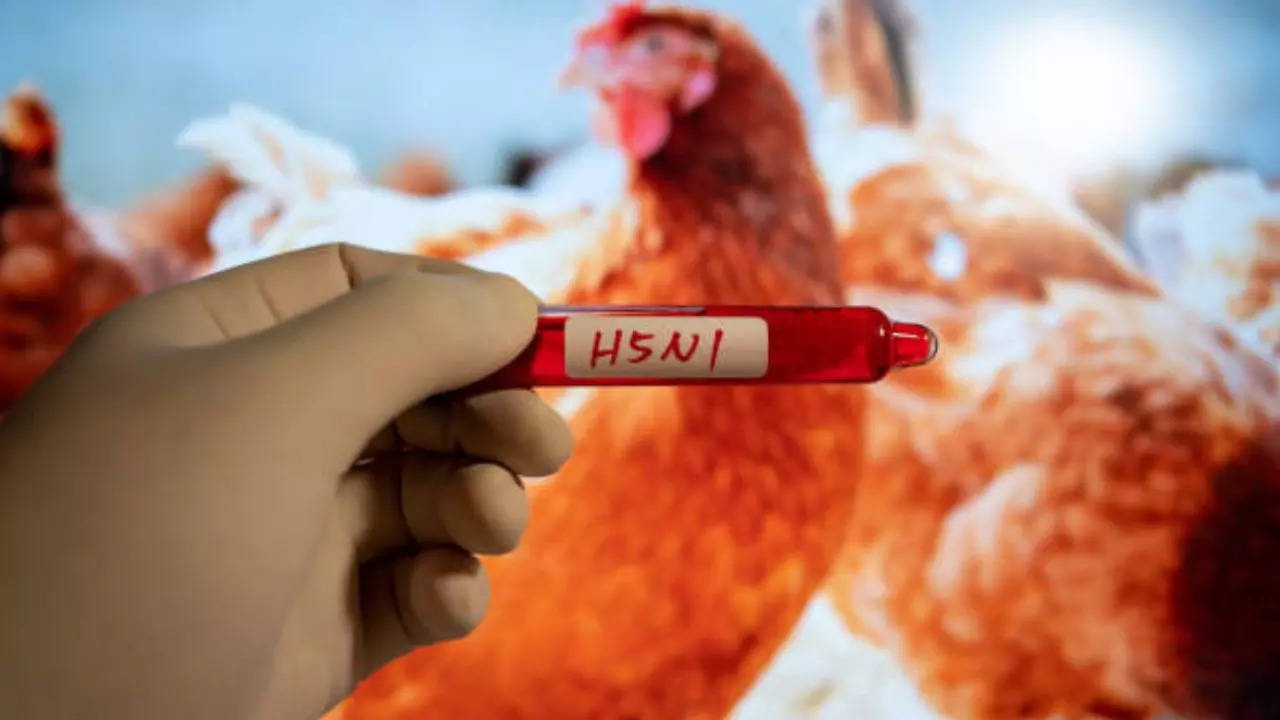In response to a growing outbreak of highly pathogenic avian influenza (H5N1) in the United States, approximately 4.8 million doses of flu vaccine are being prepared for use. The Centers for Disease Control and Prevention (CDC) is investigating an increasing number of human cases linked to this unprecedented virus outbreak, particularly in dairy cattle. The doses are being pulled from a pre-pandemic stockpile funded by the federal Administration for Strategic Preparedness and Response, with CSL Seqirus tasked with manufacturing the doses at its North Carolina plant.

Bird Flu Vaccine Components
The vaccine production utilizes a highly scalable method capable of delivering up to 150 million influenza vaccine doses within six months of a pandemic declaration, according to CSL Seqirus. The doses consist of bulk stockpiles of two key ingredients: an “antigen” targeted at the H5 portion of the H5N1 virus and an “adjuvant” designed to enhance the immune response triggered by the vaccine.
When Can We Expect the Vaccines?
Manufacturing of these new bird flu doses is expected to be completed by “later this summer.” However, the vaccines may not be immediately ready for use due to necessary regulatory approvals. “There is of course that regulatory component that would be needed to either approve or authorize actual use of the doses,” said ASPR’s David Boucher. The FDA has previously approved other vaccines for potential H5N1 pandemics, including one by Seqirus. The timeline for FDA authorization of the new shots remains uncertain.
Assessing the Need and Distribution
Currently, the CDC assesses the risk to the general public from H5N1 as low. However, the FDA has stated that if it becomes necessary to vaccinate the U.S. population to prevent H5N1 influenza, they will expedite the regulatory process to ensure timely vaccine availability. Authorities have not yet decided whether to recommend the use of these vaccines or who would be prioritized for the first doses if needed.
“If that changes in the future, we would be looking at the population for whom vaccination would be recommended and then making any decisions on prioritization at that time,” Boucher noted. The CDC’s outside vaccine advisors are scheduled to meet in June to discuss H5N1 alongside their routine recommendations for seasonal flu vaccines.
Risk to Farm Workers & Precautionary Measures
Despite the low risk to the general public, the CDC has warned that workers in high-risk environments, such as dairy farms and production facilities, face a higher risk of infection. The agency has urged these industries to take precautions. At least three workers at U.S. dairy farms have tested positive this year after direct contact with infected cows.
The latest case in Michigan involved a worker who developed respiratory symptoms, which could potentially increase the likelihood of virus transmission. “Simply put, someone who’s coughing may be more likely to transmit the virus than someone who has an eye infection like conjunctivitis,” said the CDC’s Nirav Shah. However, there is no evidence of person-to-person spread so far, and contacts of the patient have not tested positive.

The CDC is investigating whether the strain that infected the Michigan patient has developed mutations that could raise the risk of spread. “The mere fact that this individual displayed some respiratory symptoms, again we should be alert, but in and of itself is not a cause to change course or suggest that we’re at an inflection point,” Shah stated. As the CDC continues to monitor the situation, the efforts to produce and potentially deploy the flu vaccines remain a crucial step in managing the outbreak and protecting public health.
